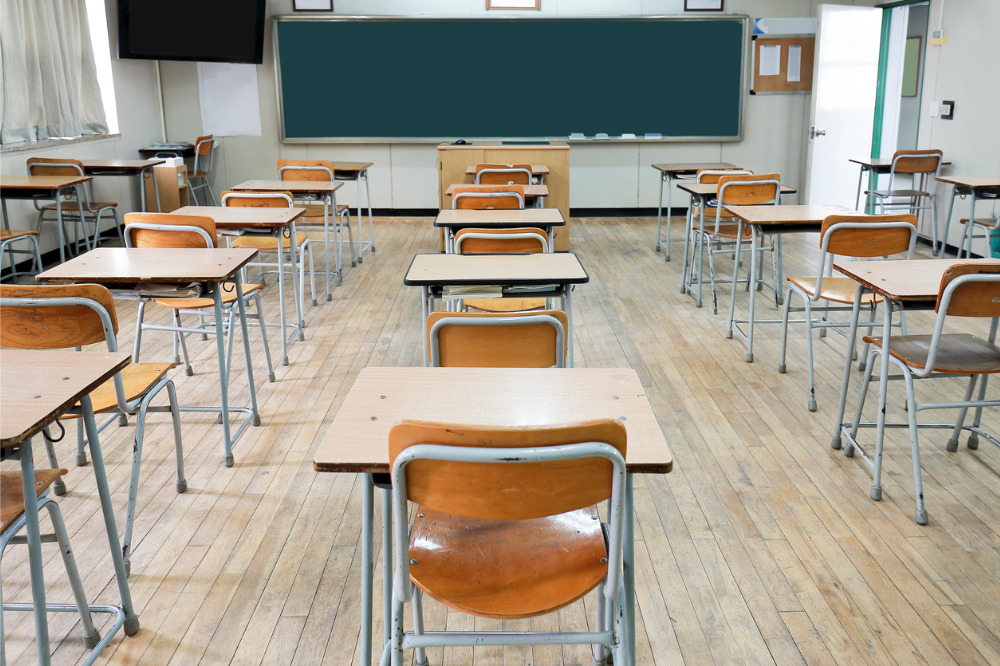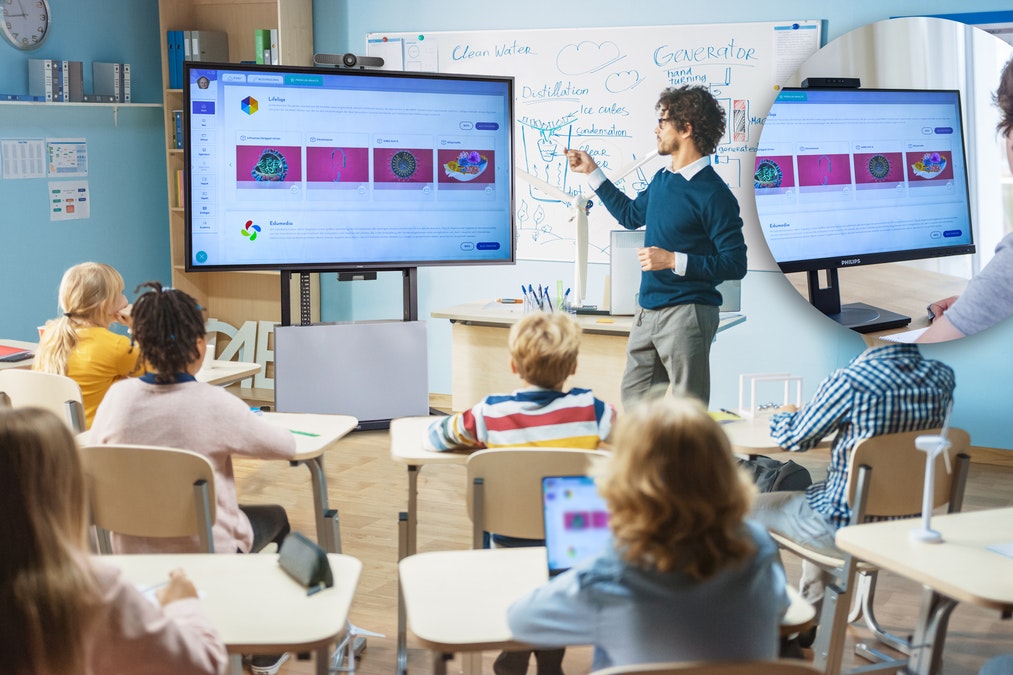Improve Your Child’s Performance with Primary Science Tuition Singapore
Improve Your Child’s Performance with Primary Science Tuition Singapore
Blog Article
Exploring the Different Mentor Approaches in Main Scientific Research Education And Learning Today
Inquiry-based understanding, hands-on experiments, and the combination of modern technology are redefining how teachers engage young minds. Additionally, collaborative strategies and distinguished instruction are being utilized to cater to the diverse requirements of students, enhancing both engagement and understanding.
Inquiry-Based Understanding
Inquiry-Based Knowing (IBL) is an instructional technique that urges pupils to check out scientific principles via wondering about, investigation, and hands-on trial and error. This method stresses the function of pupils as active individuals in their knowing, advertising crucial reasoning and analytical skills. By engaging with real-world questions, pupils come to be determined and interested, which enhances their understanding of clinical concepts.
In IBL, instructors act as facilitators, guiding trainees as they browse their queries as opposed to delivering details directly. This student-centered technique enables differentiation, fitting different learning styles and paces. Pupils create abilities in formulating theories, creating experiments, and examining data, which are crucial for clinical literacy.
In addition, IBL cultivates partnership among trainees, encouraging them to share concepts and findings. This cumulative inquiry advertises social skills and a feeling of neighborhood within the class. Moreover, the procedure of query motivates strength, as students find out to embrace failing as a tipping rock toward understanding.
Hands-On Experiments
Hands-on experiments are an important component of efficient science education and learning, complementing the principles of inquiry-based understanding. These experiments enable pupils to engage directly with scientific principles, promoting a much deeper understanding via experiential knowing. By adjusting materials and observing end results, young students can grasp abstract theories in concrete means.
Such activities advertise vital thinking and problem-solving abilities, as students hypothesize results, conduct experiments, and examine results. This process encourages them to ask questions, fine-tune their understanding, and establish a scientific attitude. Hands-on experiments can be customized to varied discovering styles, making sure that all trainees have the chance to engage meaningfully with the content.
Additionally, hands-on experiments frequently encourage collaboration amongst peers, advertising synergy and communication abilities. Functioning in teams allows trainees to share concepts, talk about findings, and gain from each other, which enhances their overall educational experience.
Incorporating hands-on experiments right into the main scientific research educational program not just enhances the finding out atmosphere but additionally grows a long-lasting rate of interest in science. By proactively joining their education and learning, students are more most likely to create an interest for scientific inquiry that prolongs beyond the class.

Technology Combination
Incorporating technology into main scientific research education and learning has actually become progressively crucial in fostering trainee interaction and enhancing discovering results. Using electronic devices, such as interactive simulations, virtual labs, and academic software program, gives pupils with chances to discover clinical principles in cutting-edge means. These sources assist in a deeper understanding of complicated topics by allowing learners to imagine and control variables that would be unwise in a standard class setting.
In addition, modern technology assimilation urges individualized finding out experiences. Trainees can advance at their my sources very own pace, revisiting challenging ideas with multimedia resources, which satisfy various discovering designs. This flexibility not just supports individual development yet likewise cultivates a feeling of freedom in learners.
Additionally, technology serves as a bridge to real-world science, linking students with present research study and specialist payments. Accessibility to online databases and clinical journals broadens students' viewpoints on scientific questions and fosters essential believing abilities.
Collaborative Discovering
Collaborative learning plays a vital function in key scientific research education by promoting teamwork and interaction skills amongst students. This approach urges learners to collaborate, share understanding, and participate in analytical, which enhances their understanding of clinical concepts. By joining group tasks, pupils learn to articulate their ideas, pay attention to diverse viewpoints, and discuss solutions, all of which are vital abilities in both real-world and academic contexts.

Research study shows that joint knowing can result in boosted inspiration and interaction in scientific research subjects, as pupils discover wikipedia reference satisfaction in common experiences (primary science tuition Singapore). Furthermore, this strategy prepares trainees for future collective endeavors, furnishing them with the abilities required for effective team effort in college and professional atmospheres. Inevitably, welcoming collective discovering in main scientific research education can substantially enhance the learning experience and promote a deeper understanding of scientific inquiry
Differentiated Instruction

Differentiated direction can materialize in different means, such as differing the content, procedures, or products of knowing. As an example, teachers may make use of tiered projects that give differing levels of complexity, permitting students to operate at their corresponding preparedness levels. In addition, flexible grouping methods can promote collaboration among trainees with various capacities, cultivating peer knowing.
Evaluation plays a critical duty in this method, as it notifies direction and assists instructors recognize each pupil's one-of-a-kind needs. Formative assessments, such as observations and quizzes, can direct instructors in changing their techniques to enhance learning outcomes. primary science tuition Singapore. Ultimately, by executing separated direction in main scientific research education and learning, teachers can grow a more equitable and effective understanding environment, encouraging all pupils to reach their full potential in understanding clinical phenomena
Conclusion
In summary, the varied training strategies in key scientific research education, consisting of inquiry-based understanding, hands-on experiments, modern technology combination, collaborative learning, and differentiated instruction, jointly add to a more reliable discovering atmosphere. These techniques promote essential thinking, problem-solving abilities, and a much deeper understanding of clinical principles. By carrying out these techniques, educators can develop encouraging and appealing classrooms that resolve the diverse requirements of students, inevitably fostering a long-lasting interest in scientific research and enhancing academic success.
Inquiry-Based Knowing (IBL) is an instructional method that urges students to check out scientific principles through doubting, examination, and hands-on testing.Joint understanding plays an essential role in primary scientific research education and learning by promoting synergy and interaction skills among pupils.Research indicates that collective learning can lead to raised inspiration and engagement in scientific research subjects, as trainees discover enjoyment in shared experiences.In promoting a comprehensive knowing environment, set apart instruction emerges as an essential method to suit the varied demands and abilities of students in main scientific research education and learning. Inevitably, by implementing my company differentiated direction in main scientific research education and learning, teachers can grow a more equitable and efficient discovering setting, encouraging all students to reach their full capacity in recognizing clinical sensations.
Report this page